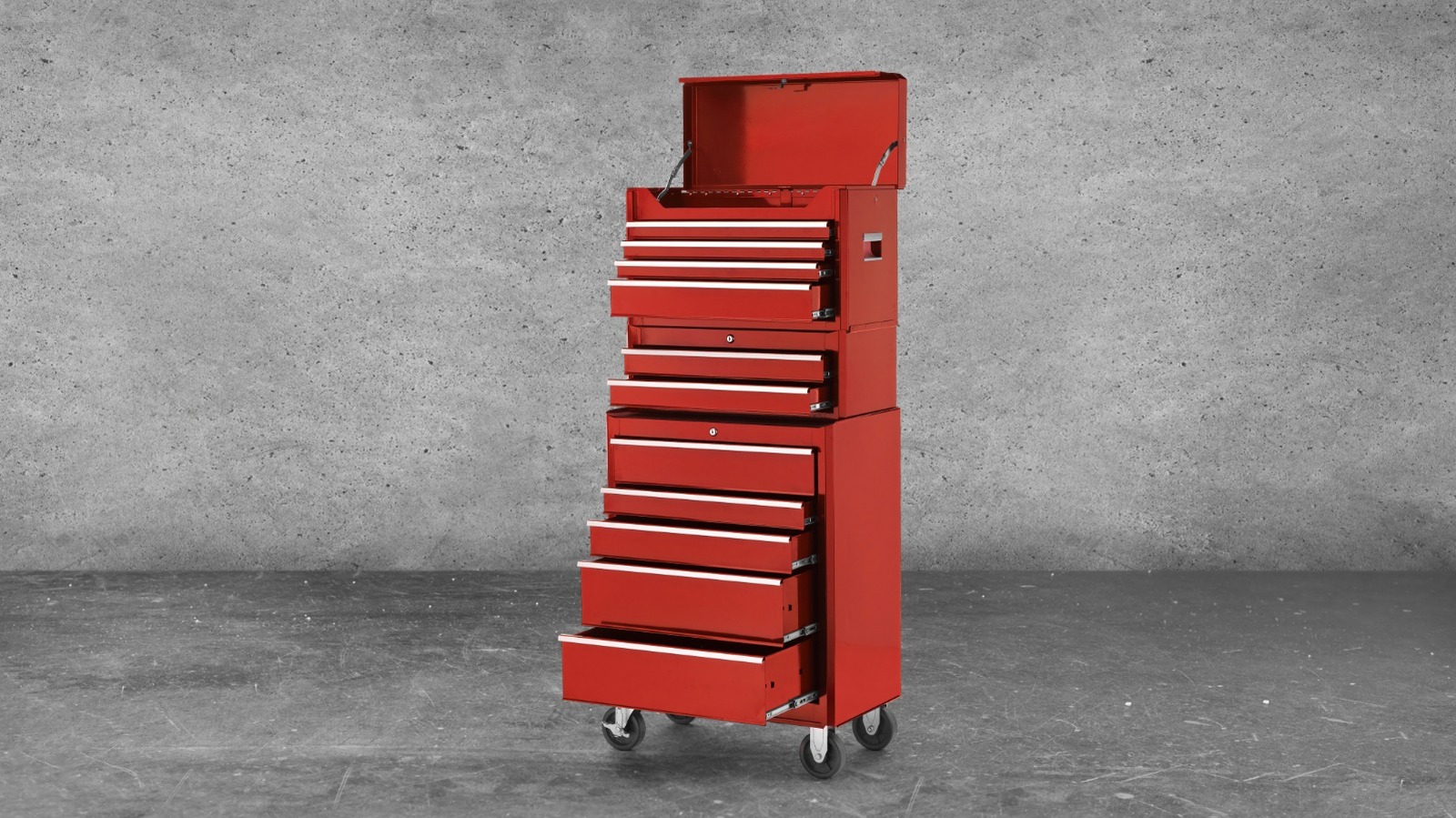Lifestyle
Understanding the Key Differences Between Tool Boxes and Tool Chests

For tradespeople, DIY enthusiasts, and hobbyists alike, the proper storage of tools is essential. With tools often representing a significant investment, understanding the best way to store them can enhance both their longevity and accessibility. This article explores the differences between two common storage solutions: tool boxes and tool chests.
Defining the Basics: Tool Boxes vs. Tool Chests
At their core, both tool boxes and tool chests serve the same primary function: they store tools and related items safely. While the terms are frequently used interchangeably, there are notable distinctions that set them apart. A tool box is a broader term that encompasses a variety of storage options, from simple plastic containers to more sophisticated mobile carts filled with tools. On the other hand, a tool chest generally refers to a larger, more structured unit.
According to Craftsman, a tool chest often forms the upper section of a larger system, such as a cabinet or a complete workshop setup. This means that while a tool box can be anything from a small, portable unit to a larger storage solution, a tool chest typically features more advanced organization capabilities, including drawers and compartments.
Size and Mobility: The Practical Differences
One of the most significant differences between tool boxes and tool chests lies in their size and mobility. Tool boxes are generally smaller and designed for portability. The classic image of a tool box often conjures up a small, red metal box that tradespeople carry to job sites, making it easy to transport essential tools.
In contrast, tool chests are usually larger and can include multiple drawers and organizational features. While some tool chests come with wheels for easier movement, their size typically limits their portability. Instead, they are more suited for use in a workshop or garage, where they serve as a central storage solution.
The mobility of tool boxes makes them ideal for tasks that require moving from one location to another, such as on construction sites. Conversely, tool chests provide a more stable and organized environment for tools, which can be particularly beneficial for those who require a comprehensive setup for various tasks.
In summary, while both tool boxes and tool chests provide essential storage solutions, their differences in size, design, and mobility cater to distinct needs within the trades and DIY communities. Understanding these differences can help individuals select the appropriate storage option for their specific requirements, ensuring their tools remain secure and accessible.
-

 World3 days ago
World3 days agoCoronation Street’s Shocking Murder Twist Reveals Family Secrets
-

 Entertainment4 months ago
Entertainment4 months agoKate Garraway Sells £2 Million Home Amid Financial Struggles
-

 Entertainment3 months ago
Entertainment3 months agoAnn Ming Reflects on ITV’s ‘I Fought the Law’ Drama
-

 Health3 months ago
Health3 months agoKatie Price Faces New Health Concerns After Cancer Symptoms Resurface
-

 Entertainment3 weeks ago
Entertainment3 weeks agoCoronation Street Fans React as Todd Faces Heartbreaking Choice
-

 World4 weeks ago
World4 weeks agoBailey Announces Heartbreaking Split from Rebecca After Reunion
-

 Entertainment6 days ago
Entertainment6 days agoTwo Stars Evicted from I’m A Celebrity Just Days Before Finale
-

 World6 days ago
World6 days agoKevin Sinfield Exceeds Fundraising Goal Ahead of Final Marathons
-

 Entertainment3 months ago
Entertainment3 months agoCoronation Street’s Carl Webster Faces Trouble with New Affairs
-

 Entertainment3 months ago
Entertainment3 months agoWhere is Tinder Swindler Simon Leviev? Latest Updates Revealed
-

 Entertainment4 months ago
Entertainment4 months agoMarkiplier Addresses AI Controversy During Livestream Response
-

 Science2 months ago
Science2 months agoBrian Cox Addresses Claims of Alien Probe in 3I/ATLAS Discovery





















